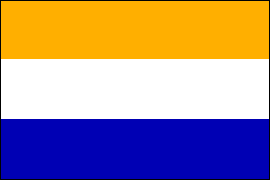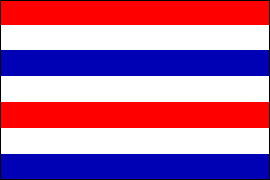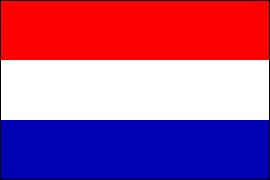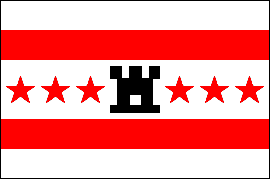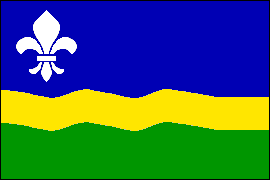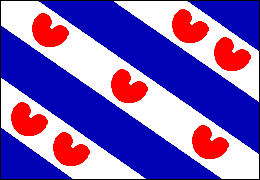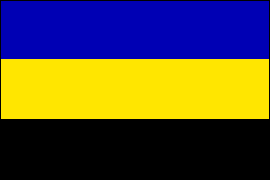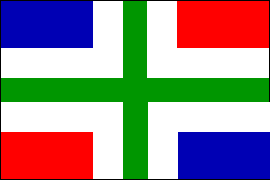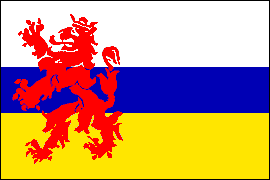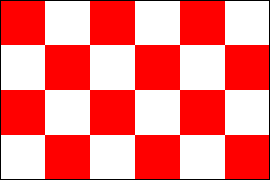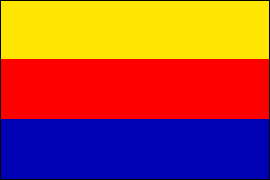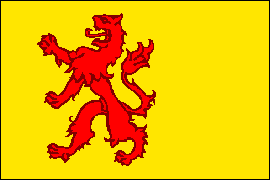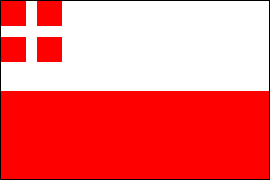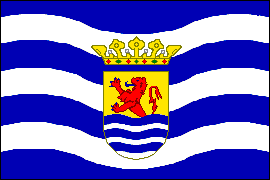KINGDOM OF THE NETHERLANDS
NATIONAL & PROVINCIAL FLAGS
The national flag of the Netherlands does not date, as might be assumed, from the period of the French Revolution. It is, rather, a development of the Princevlag (Prince's Flag), a horizontal tricolor of orange, white and blue. This flag, dating from the sixteenth century, was particularly associated with the princes of the House of Orange. At some point in the seventeenth century orange gave way to red, possibly because orange dyestuffs of the time were unreliable. In the seventeenth century the flag was often "doubled" with two sets of orange-white-blue stripes separated by a third white stripe, a practice that continued after the orange stripes became red. The red-white-blue Driekleur Vlag (three-color flag) evolved into a Dutch national symbol and became the de facto flag of the Kingdom of the Netherlands in 1813, but only in 1937 was its status formalized via a royal order in council.
The Netherlands gained independence from Spain in 1581, styling itself the Republic of the Seven United Provinces. The contemporary kingdom is divided into twelve provinces, each with its own flag. Though the flags in their present form were adopted comparatively recently, they mostly are derived from the provincial coats of arms adopted in the fifteenth and sixteenth centuries. The flag of South Holland, for example, is a banner of the arms of Holland: a lion rampant, red, on a yellow (gold) field. An exception is the flag of North Brabant. The province's arms depict a lion rampant, gold, on a field of black, identical to the arms of the Kingdom of Belgium, but the flag is completely different.
